often report malware attacks on our blog. However, don't be fooled into thinking this only happens in large companies. Regular users have become targets for hackers due to the ease of infiltration.
One of the most common ways is through pirated software. After all, it's tempting to see software that can help with company processes, and it's available "for free."
However, they bring with them several data security problems, after all, they are modified versions of the original, where mainly security and originality verification features have been removed.
Below, you'll see the reasons why you should be careful about using pirated software in your company.
Dubious sources

The famous "cracked" software isn't distributed on official websites, as you might expect. To download it, users must look for alternative sites, which typically involve torrent platforms or tool download sites, full of this type of software.
In some cases, there are portals open for publication by any user, where the file can carry any type of content, including harmful content.
These pages typically feature a large number of sequential advertising pop-ups. In some cases, you're required to click to download.
Furthermore, many of these open pages can automatically initiate downloads, again delivering potential malicious solutions directly to the user's computer. These executables can be of various types, targeting systems under hacker control, such as cryptocurrency miners, data logging, or theft of company information, such as banking details.
Antivirus turned off

Another major risk arises during downloading. Pirated software typically comes with a tool to bypass the product's original activation system. This way, your operating system will believe it's installing an official version.
However, there are significant risks lurking within them. The vast majority of them are detected as malicious by security software before they even run, as soon as they're downloaded. Therefore, they require antivirus and other protection systems to be disabled for the software "cracking" process to take place, exposing the user to additional risks that can also be part of pirated downloads.
As mentioned previously, pirated software can also include malware that uses the user's machine to mine cryptocurrency or install data-stealing applications, known as ransomware . Because software is freely distributed and passes through multiple hands before reaching yours, there's no guarantee that nothing other than the embedded software is present.
Updates

Updates released by software companies are not only ways to introduce new features or fix bugs, but they also serve to fix security flaws.
Pirated programs do not receive updates of this type, remaining with old and outdated security systems, putting users at risk.
The vast majority of genuine software connects to the internet to receive these updates, which are released after validating the credentials of legitimate subscribers. Pirated versions, however, do not use this type of connection, as this would detect the cracked state of the software and block its execution.
Malfunction

Tools that bypass software legitimacy verification work by tricking the operating system. Windows updates, for example, can break some features or make others unusable.
Imagine using pirated software in your company, and a few months after you started using it, with a wealth of information and some of your company's production processes dependent on it, it stops completely after an operating system update. It's going to be a headache.
You don't pay, but it's not like this software is actually free. You end up "paying" for it somehow.
Legal issues

In addition to the security and reliability risks I just mentioned, in corporate environments, there are concerns about customer data privacy and confidential data integrity. Using these programs can lead to legal issues due to failure to acquire licenses for professional use.
The idea of getting the apps you need for your daily work for free may seem tempting and cost-effective. In practice, the losses can be much greater, with fines that, in Brazil, can be up to three thousand times the purchase price. The amount is calculated according to the company's size and the number of irregular versions used.
This also applies to installations carried out by employees themselves without the consent of superiors. We'll discuss this further below.
Employee “Freedom”

In most companies, employees install pirated software without their superiors' consent. This is often due to managers' lack of concern, or the employee's own need and agility to perform this task.
However, as we mentioned above, even if it is installed by the employee without the authorization of their superiors, it can also generate legal problems regarding the unauthorized use of the software in the company.
Furthermore, careless and uninformed users can download malicious sources containing all the malware we mentioned above.
awareness about the potential problems associated with installing pirated software and the security of company data is important, regardless of company size. However, training alone doesn't guarantee proper employee behavior.
A good way to solve problems like this is to use internet access control , blocking access to websites considered harmful, with a low reputation and installation of such software.
Is original software expensive?

It depends on the company's perspective and needs. If the software is used sporadically, the cost may actually be high. However, if your company requires the software daily, considering purchasing the original license may be financially beneficial. Furthermore, the performance of original programs is typically far superior to pirated ones, and all the security and productivity issues mentioned in this article are avoided.
I hope I've helped you and your company understand the dangers of pirated software and keep your data and processes safe and productive.
To the next!
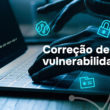


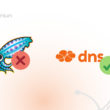
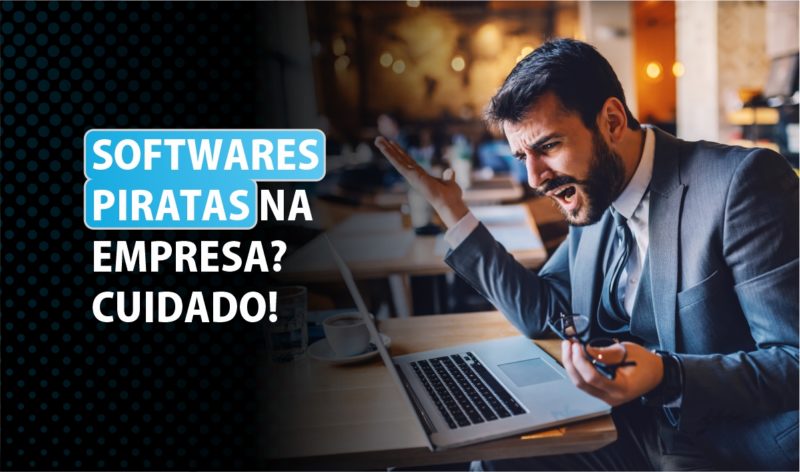
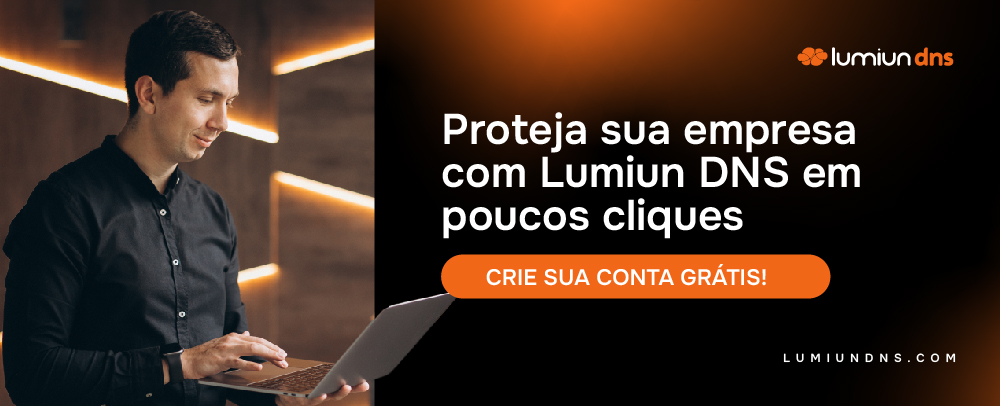

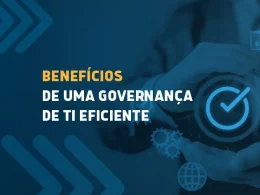

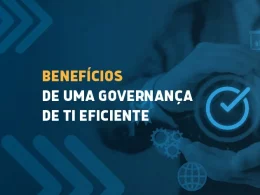
4 comments
Comments closed